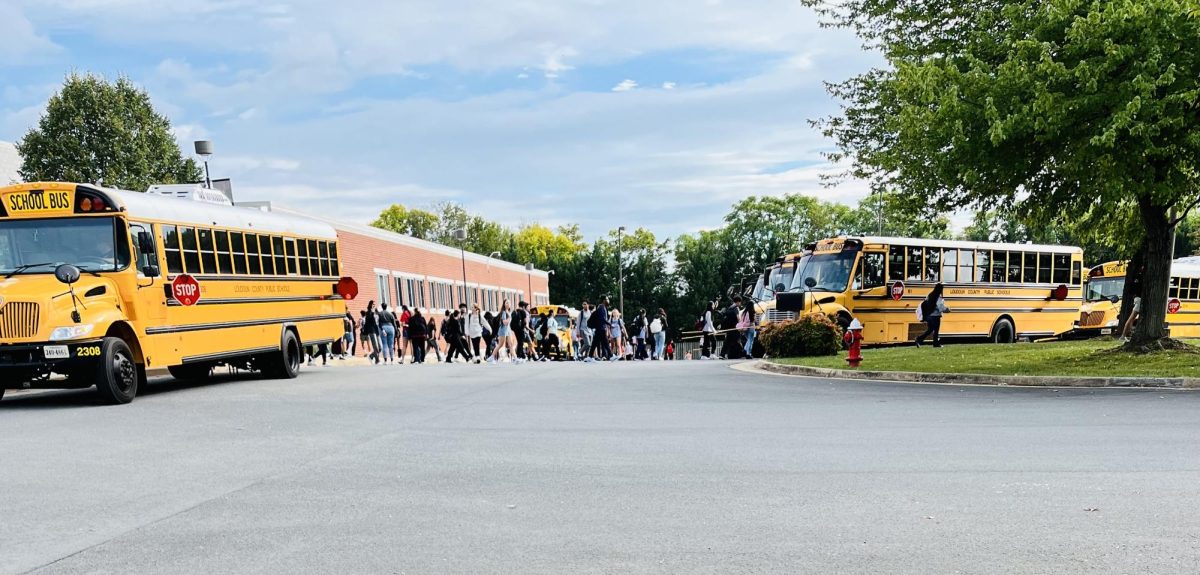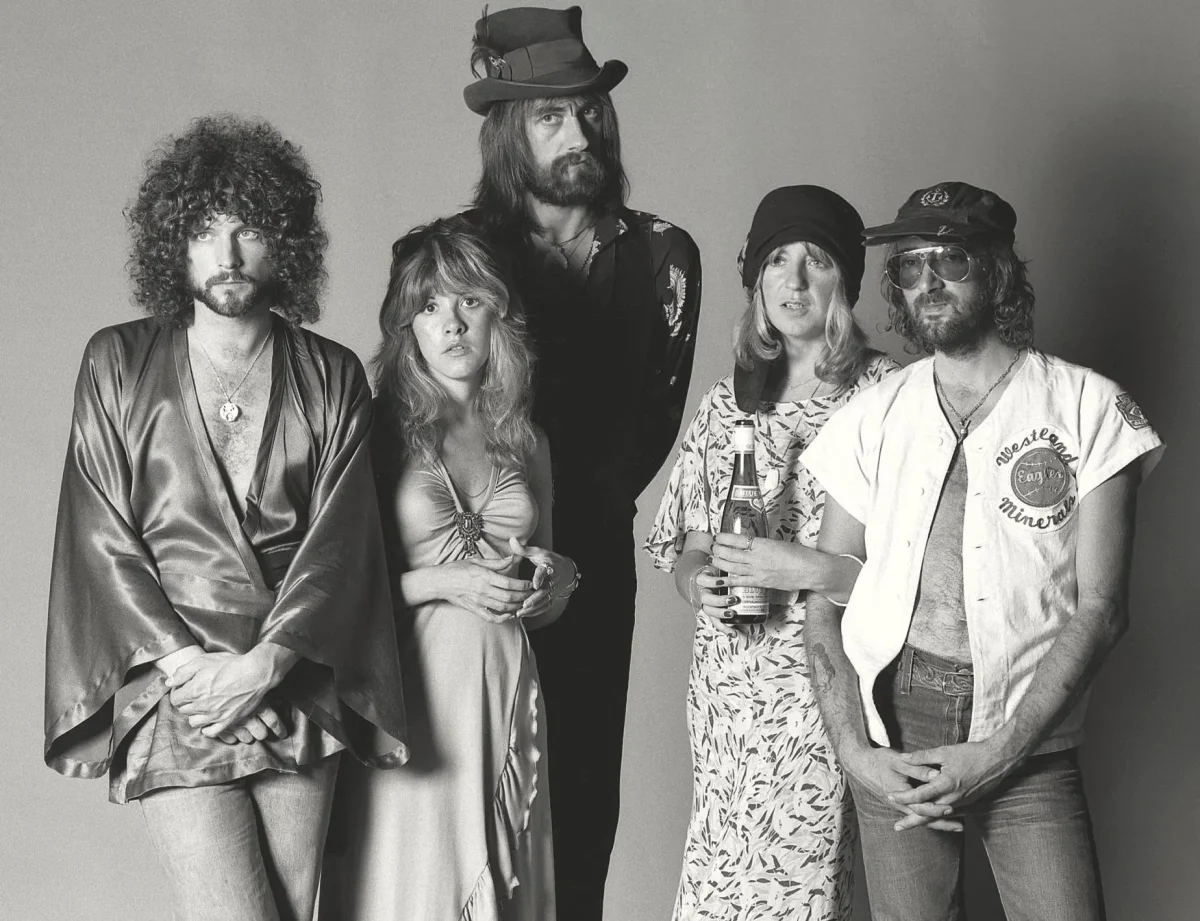According to the National Center for Education Statistics, the average start time for public high schools in the United States is 8:00 AM. The average time for Virginia is 8:14 AM. Heritage High school, however, does not begin until 9:30 AM, an entire hour and a half later than the majority of the nation. Although this time provides students and teachers with the opportunity of a longer night’s sleep, it also has some drawbacks. For instance, in California, a law preventing districts from beginning high school any earlier than 8:30 AM was passed in 2019. Despite the popularity gained around the idea, “Many educators, district leaders, and parents believe the shift will present significant operational and logistical challenges, complicate the scheduling of after-school extra-curricular activities, and disrupt the schedules of working parents” (Walker).
To begin, later start times have greatly affected athletes and their practices. At Heritage, the school day does not end until 4:18, leaving students only a few hours of daylight for any after-school practices. This does not include the time it takes for students to get home, which for some students in the IB program, can be a significant commute. On top of that, athletes need to find time for homework and studying. While study hall does provide time for this, it is only a little over an hour of time- two to three times a week. To expect students to complete all their schoolwork in this amount of time, especially if they are taking honors, AP, or other advanced classes, is simply unrealistic. This forces students to stay up late completing work to meet deadlines. Additionally, some athletes have to wake up early for morning practices due to the inadequate amount of time left after school, defeating the purpose of the late start times.
Furthermore, ending earlier similarly presents students with the opportunity to have a job and work more hours. Our current hours often force students to work later shifts or work on weekends, and even prevents some students from the opportunity to earn money and experience.
In addition, if high school students were to end earlier than students in elementary and middle school, it would allow them to help out with picking up younger siblings and babysitting when they get home. As a result, parents would not have to leave work early to be home with young children or pay for after-school care.
On the other hand, critics argue that an earlier start would deprive students from the eight to ten hours of sleep required at that age. As a result, students would struggle to concentrate in the early hours of the morning. Nevertheless, there is a simple solution to this issue: go to sleep earlier. If school ends earlier, students will finish activities and homework sooner; therefore, they would have more time to wind down in the evenings and be more likely to fall asleep at a reasonable time. Besides, this argument does not address the fact that later start times forces practices and other activites to shift to the morning, so students are losing sleep either way. With more time in the afternoon though, they at least get a chance to catch a nap.
A start time closer to 8:30-8:45 AM would solve the issues revolving around homework, sports, jobs, etc., and would still provide adequate time for students to sleep. It would be more in line with the national standards and aid teenagers in preparing for the real world, where most jobs require you to begin at 9:00 AM or earlier.
Sources Include:
“Start Time for U.S. Public High Schools.” National Center for Education Statistics, 2020, nces.ed.gov/pubs2020/2020006/index.asp.
Walker, Tim. “Later School Start Times More Popular, but What Are the Drawbacks?” NEA, 1 Dec. 2022, www.nea.org/nea-today/all-news-articles/later-school-start-times-more-popular-what-are-drawbacks#:~:text=Most%20U.S.%20public%20high%20schools,8%3A30%20a.m.%20or%20later.









